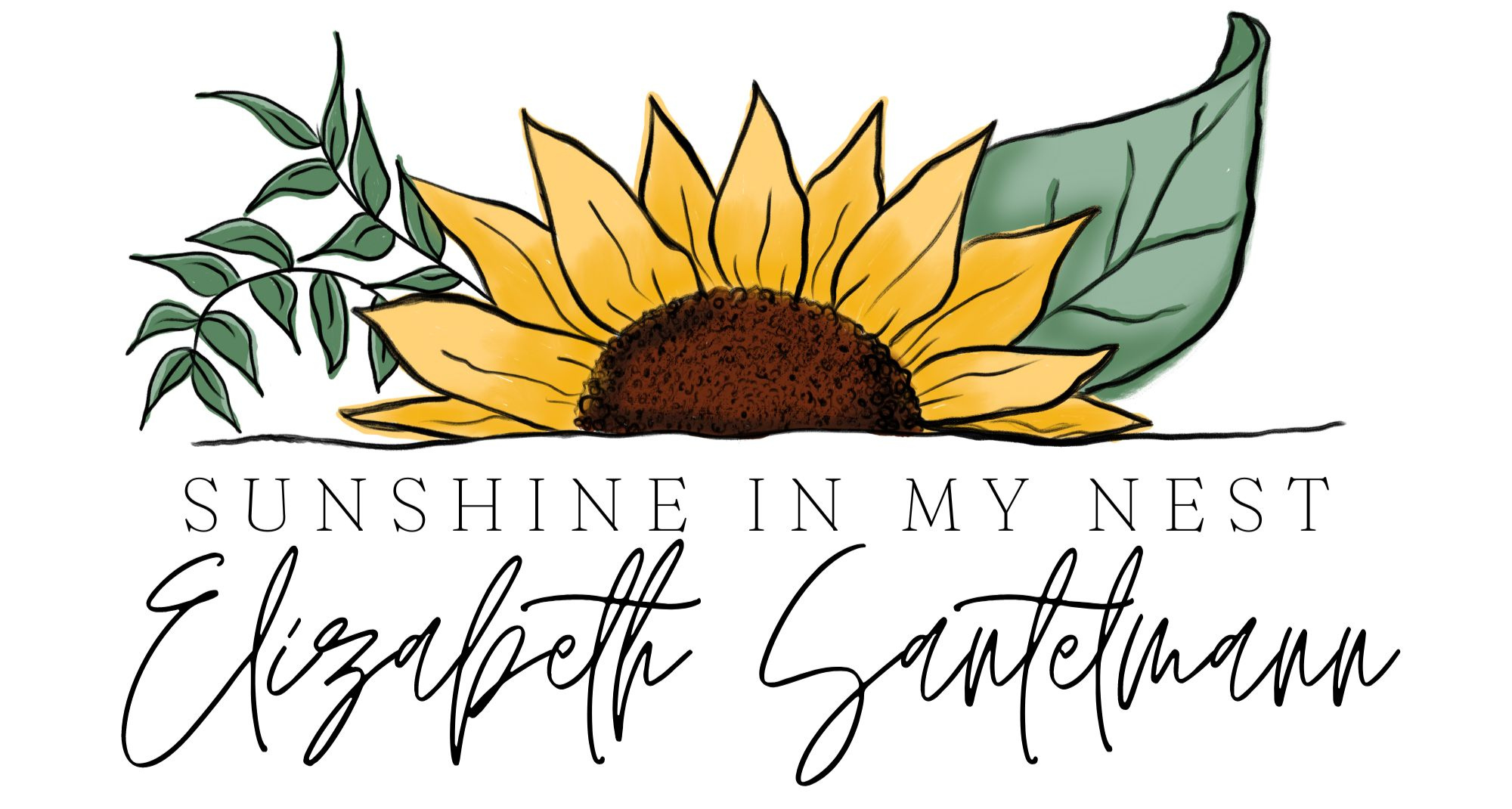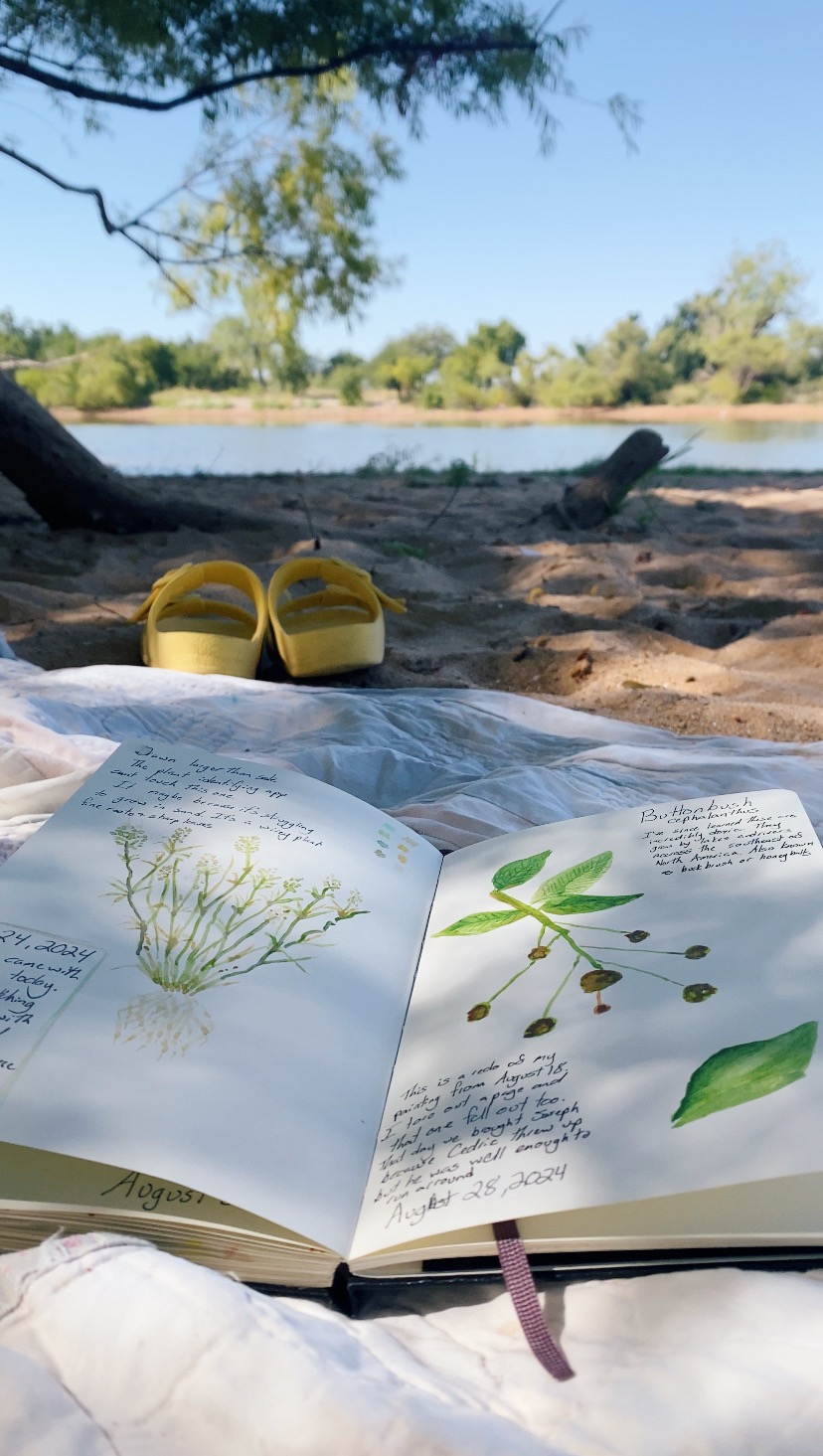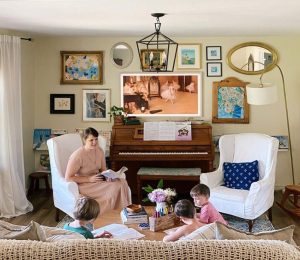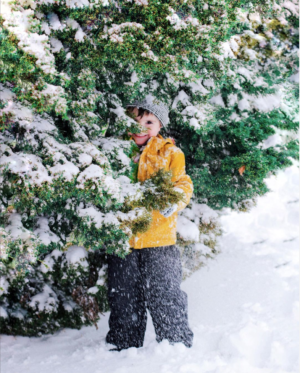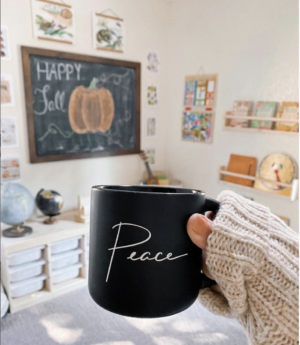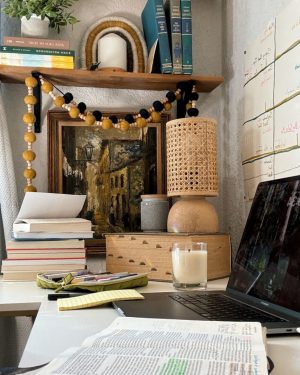How to Nature Journal with Kids
I had wondered for a long time how to nature journal with kids. After I bought many books on the topic and researched what it should look like for a long time I started feeling a lot more confident. I even took the Charlotte Mason Institute CORE class to learn more.
We’ve been practicing faithfully for about a year now, and more thoroughly this school year, and I wanted to teach you what I’ve learned and what’s worked for us.
First Things to Know
- Ideally one afternoon a week should be spent in nature study. You can go for a walk, or we’ve loved going to the lake and exploring a large section. The more I read about child development the more allowing them to wander a ways off and explore for themselves is so important. I’ve tried to include this as much as possible in our nature studies time.
- Allow them to notice and observe alone.
- Allow them to grow to know and delight in nature. If they fall in love they may surprise you. The 5th time we did this the boys started, without prompting, collecting all the trash from the part of the beach we were on and asked to bring the recycle bin, so we could take care of the earth.
- Look for a note the parts of nature that change with the seasons.
- Collect books that allow them to discover naturally and inspire them. I’ve included some suggestions below.
Ideally, nature notebooks should be kept with a lot of care. I encourage my kids and students that what is turned in should be an example of their best work. I’m known for saying, “If it took two minutes it isn’t your best work.” Setting a time for 10-20 minutes and encouraging students to use all of the time has been so helpful for us. It’s not reasonable for it to look like a professional artist painted it, but it should be neat and a personal best.
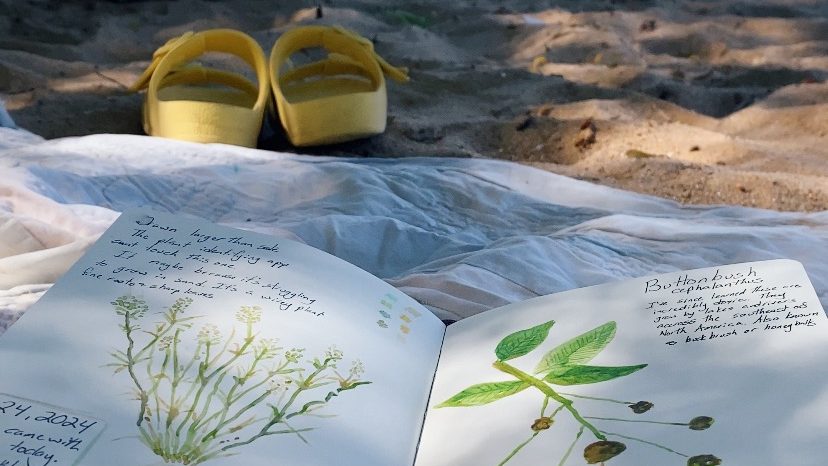
Why Nature Study
Nature is a vital part of beginning science. Unless we first learn to see our world in detail we can’t understand how it all fits together abstractly. Nature study allows us to make science learning come alive. The goal is to get children to notice, study, and enjoy nature. This is not a time for the parent or teacher to teach scientific information.
It is a great opportunity to put into practice the Charlotte Mason principle, “It’s not about how much the student knows. It’s about how much they care.” When we have a relationship with something by spending time with it we begin to care deeply about it.
How to Nature Journal with Kids
For students just beginning nature study, asking them to go find something may feel too hard. It can be easier to present a plant, animal, or flower for group study. As they get more confident students can pick something they noticed in nature to be the focus of their study.
I encourage my kids to open up their notebooks to THE NEXT PAGE. Learning to follow the sequence of pages is somehow a harder skill for them than I ever expected. Having drawings in order allows you all to see progress through the year.
I guide painting by grade as follows:
- Preschool – Kindergarten: copy the color of the item they chose.
- First – Third Grade: attempt to use the correct color and copy the general shape. They should add as much detail as they can.
- Fourth – Sixth Grade: use the correct color, attempt to match the shade, draw the correct shape, and add as much detail as they are able.
Prompt students to one of the following questions about the object that was studied. Younger students can verbally answer and older students will write the answer in their nature journal:
- I wonder…
- I notice…
- It reminds me of…
Finally, we spend a little time finding the formal and the common name of the specimen selected. We learn what part of the country or world it is from, and any interesting facts.
Supplies I find Helpful
I’m linking this list to Amazon, but I’ve also purchased some stuff at Hobby Lobby with a lot of success. I’ll try to specify where I’ve found the best deal. It may be helpful to click on the link so you know what you’re looking for. I always find that helpful
- Nature Journal for each student – Watercolor paper is a little bit thicker so I recommend that over a sketchbook. It also dries faster, so you can close the book soon after you’re done.
- Watercolor Paints – (Hobby Lobby has an off-brand that looks the same is cheaper but seems to work well too. The brush quality is not quite as good though, and the color selection is a little different)
- Pens or pencils – to write in what you notice, wonder, or what it reminds you of.
Fun additions that aren’t necessary
- Watercolor Pencils – These are really helpful for drawing in details.
- Magnifying Glass – for inspecting things more closely.
- Butterfly net – for catching bugs or minnows.
- Field Guides – The Peterson series is the best I’ve found. It’s helpful for identifying what you found.
- When it comes to identifying plants I’ve found that if I take a photo with my iPhone at the bottom when you hit the information button it will often tell you what kind of plant it is.
- This Watercolor Notebook – is my birthday request. It has more pages and is higher quality paper for recording my personal findings.
Books that helped me learn
- The Laws Guide to Nature Drawing and Journaling by John Muir Laws
- When Children Love to Learn by Elaine Cooper- Pages 70-75
- Keeping a Nature Journal by Clare Walker Leslie and Charles E Roth
A couple of books I want to try:
- How to Teach Nature Journaling: Curiosity, Wonder, Attention by John Muir Laws
- The Laws Guide to Drawing Birds by John Muir Laws
